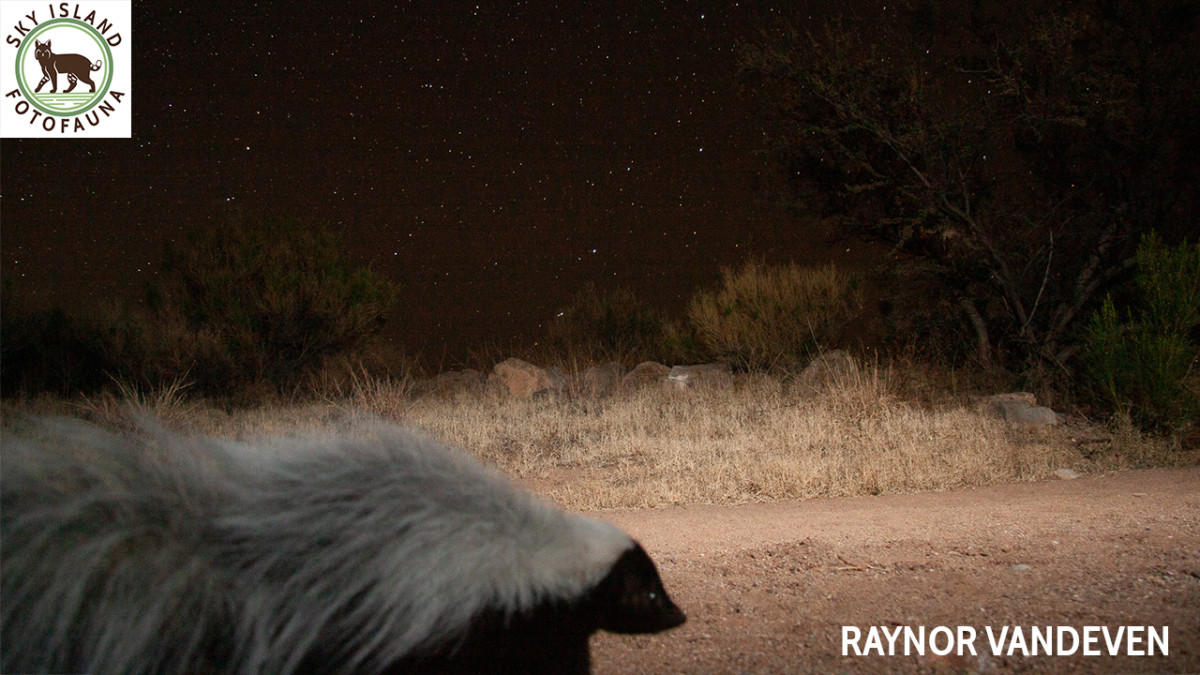Dark skies are a remarkable feature of the Sky Island region. When true darkness blankets the landscape at night, it provides spectacular views of the stars and high–quality nocturnal habitat for numerous migrating and resident wildlife species.
Lighting along the U.S.-Mexico border as part of any border infrastructure system stands to disrupt the health and ecology of a tremendous number of species. In our Border Wildlife Study, we’ve found that 70% of mammal species detections occurred at night. Many species are also only active at night.
As we seek to protect these species’ habitats from harmful border wall, we will want to prevent the installation of border lighting as an alternative to the wall as well so that wildlife can thrive.
Help us document the quality of the nighttime environment along the border so that we can champion the protection of dark skies as we advocate for wildlife connectivity and habitat restoration.
By making visual observations of easily recognizable constellations after sunset, you can contribute effective data to the Globe at Night project that is mapping light pollution around the world and help document where our most important dark corridors are along the border—the ones wildlife rely on.
To get involved in the Globe and Night project, sign up for our dark sky training on Thursday, April 1st at 4:30pm AZ Time/PDT to learn how you can measure the darkness of our Sky Island skies. Then, visit the border any evening between April 3 and 13 to help us find the best dark skies all along the border.

